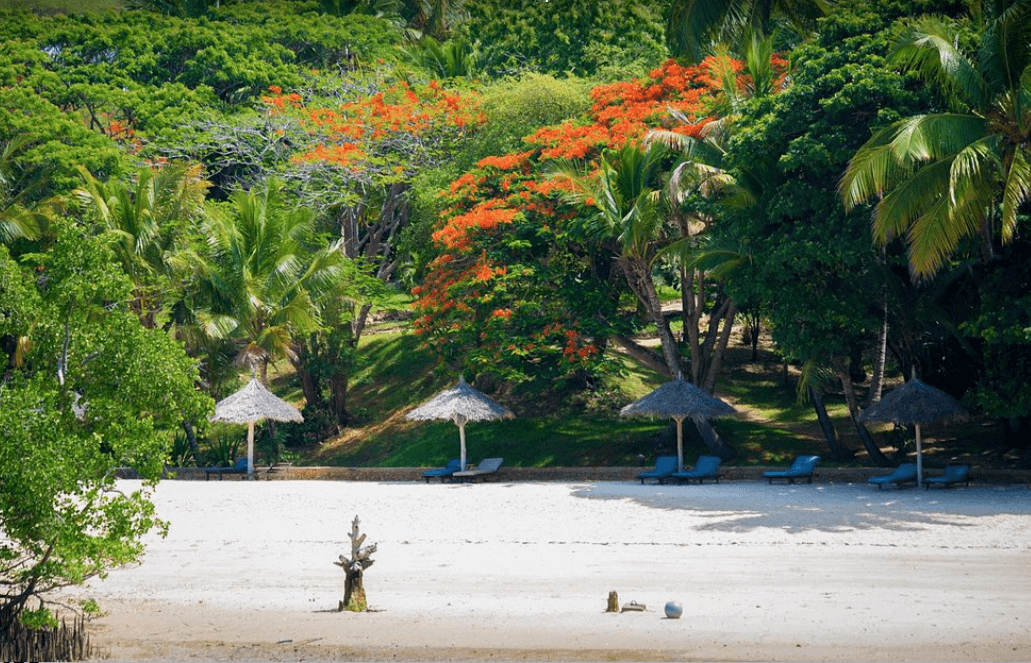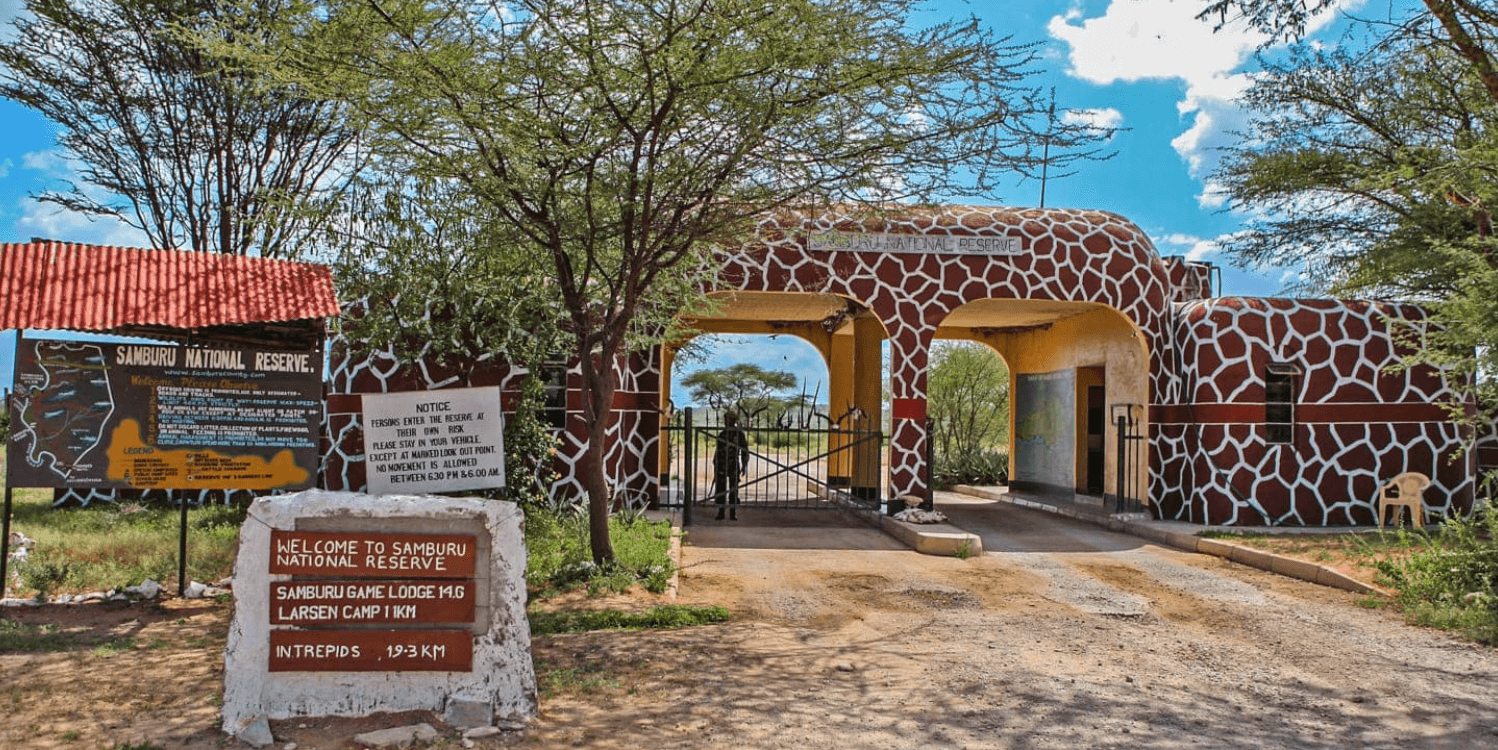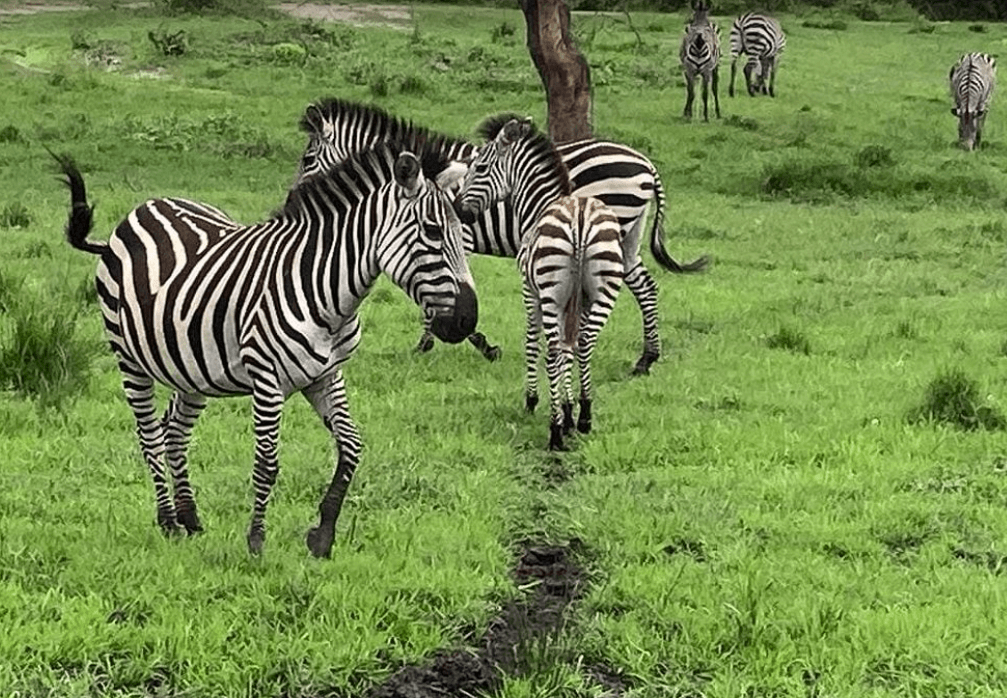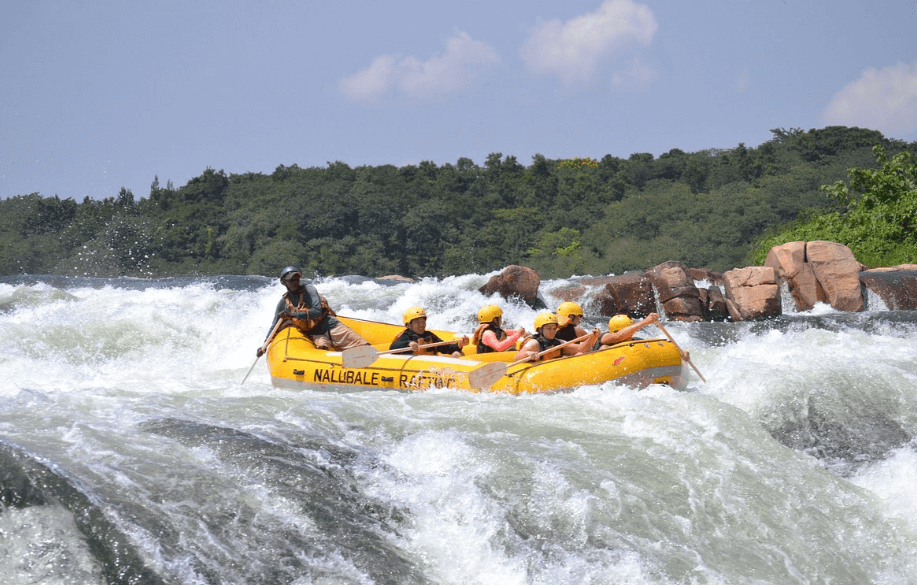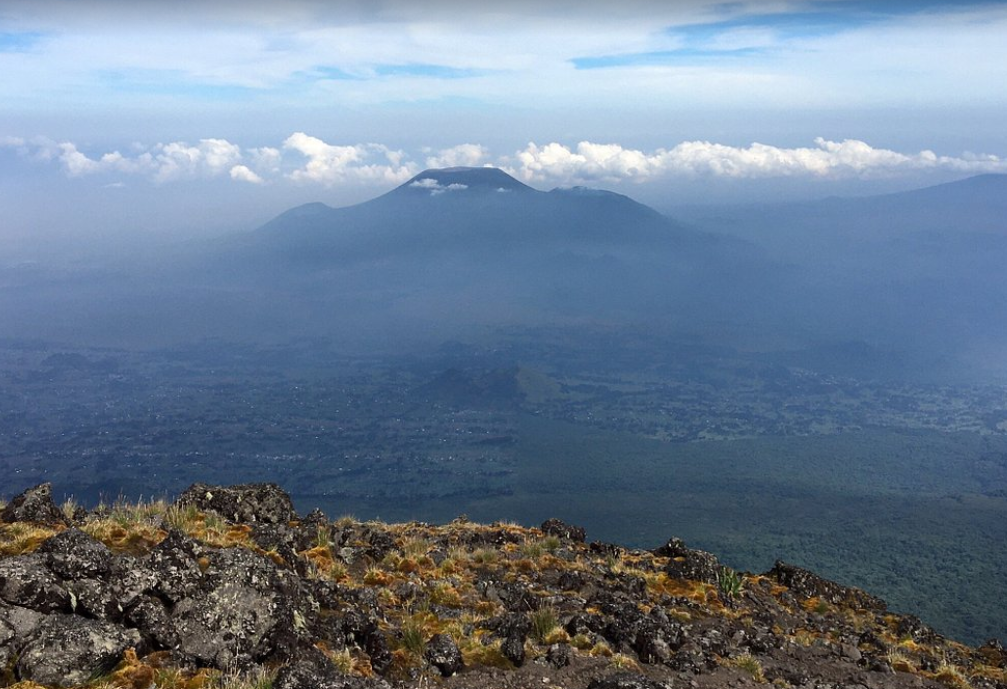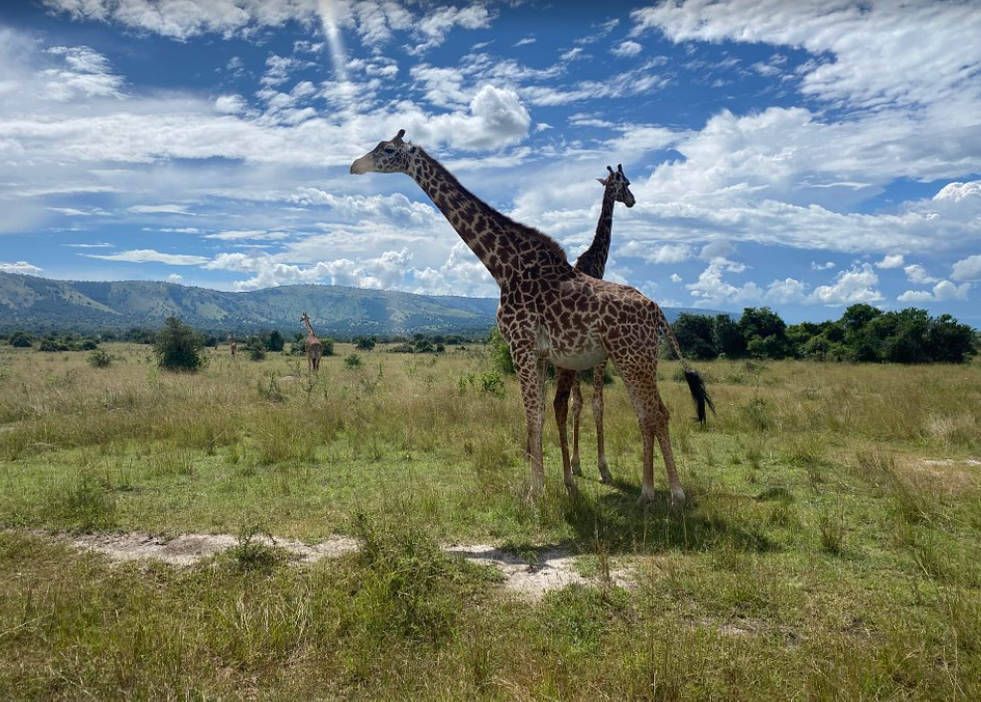Mount Kilimanjaro National Park, Tanzania
Mount Kilimanjaro National Park is one of Tanzania’s most iconic destinations, home to the highest mountain in Africa, Mount Kilimanjaro. This UNESCO World Heritage Site attracts thousands of visitors every year, offering breathtaking landscapes, diverse wildlife, and thrilling trekking experiences. Whether you’re an avid mountaineer or a nature enthusiast, the park provides an unforgettable adventure.
In this comprehensive guide, we’ll explore everything you need to know about Mount Kilimanjaro National Park, including its location, how to get there, activities, the best time to visit, accommodation options, frequently asked questions, and a concluding insight into why this park should be on your travel list.
Location of the Park
Mount Kilimanjaro National Park is located in northeastern Tanzania, near the border with Kenya. The park covers an area of 1,668 square kilometers and surrounds the entire Mount Kilimanjaro, including its slopes and forests. The nearest major town is Moshi, which serves as the main gateway for visitors.
Coordinates of Mount Kilimanjaro
- Latitude: 3.0674° S
- Longitude: 37.3556° E
Due to its location near the equator, Kilimanjaro experiences different climatic zones, from tropical rainforest at the base to an alpine desert and glacial summit.
Getting to Mount Kilimanjaro National Park
Getting to Mount Kilimanjaro National Park is relatively easy, whether you’re traveling from within Tanzania or internationally. Here’s how you can reach this incredible destination:
By Air
The nearest airport to the park is Kilimanjaro International Airport (JRO), located about 45 kilometers from Moshi and 50 kilometers from Arusha. It receives direct international flights from major cities like Amsterdam, Doha, Istanbul, Nairobi, and Addis Ababa.
From the airport, you can hire a taxi or book a private transfer to Moshi or Arusha, where most trekking tours begin.
By Road
- From Arusha, it takes approximately 1.5 to 2 hours to reach the park by road.
- From Moshi, it’s a 30 to 45-minute drive.
- Buses and shuttles are available from major cities like Dar es Salaam and Nairobi, Kenya, though private transport is more convenient.
By Train
Tanzania’s railway network is not the most reliable option, but there are train services from Dar es Salaam to Moshi. The journey can take over 12 hours, making it a less popular choice.
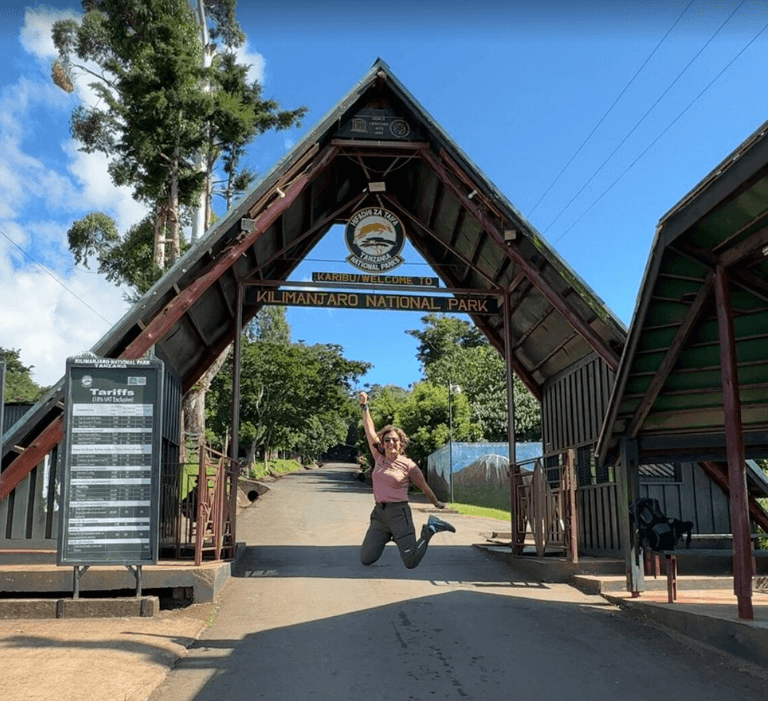
Activities to Do in Mount Kilimanjaro National Park
Mount Kilimanjaro National Park is not just about climbing the mountain; it offers a variety of activities for all types of travelers.
1. Trekking and Climbing Mount Kilimanjaro
Climbing Kilimanjaro is the ultimate experience in the park. There are seven official routes to the summit, each offering a unique experience:
- Marangu Route – Known as the “Coca-Cola Route,” this is the only route with hut accommodations.
- Machame Route – The most popular and scenic route, but challenging.
- Lemosho Route – Offers stunning views and is great for acclimatization.
- Shira Route – Similar to Lemosho but starts at a higher altitude.
- Rongai Route – The only route approaching from the north, less crowded.
- Northern Circuit Route – The longest but best for acclimatization.
- Umbwe Route – The steepest and most difficult.
2. Wildlife Viewing
Though not as famous for wildlife as Serengeti or Ngorongoro, the park is home to elephants, buffaloes, monkeys, leopards, and various antelope species, mainly found in the lower forest zones. Birdwatchers can also spot rare species like the Scarlet-tufted Malachite Sunbird.
3. Hiking and Nature Walks
For those who don’t want to summit Kilimanjaro, shorter hikes are available around the Shira Plateau, Mandara Huts, and Maundi Crater. These trails showcase stunning landscapes and rich biodiversity.
4. Cultural Tours
Nearby villages, such as Marangu and Mweka, offer cultural experiences where you can interact with the Chagga people, learn about their traditions, and visit coffee farms.
5. Camping Under the Stars
Camping in Kilimanjaro National Park allows you to experience the mountain’s magic overnight, with clear skies offering spectacular views of the Milky Way and shooting stars.
6. Photography and Scenic Viewing
With its breathtaking landscapes, diverse flora, and stunning glaciers, Kilimanjaro provides endless photography opportunities. Sunrise and sunset views from the mountain slopes are especially mesmerizing.
Best Time to Visit Mount Kilimanjaro National Park
The best time to visit Mount Kilimanjaro National Park depends on weather conditions and your personal preference.
Dry Season (Best Time to Visit)
- January to mid-March: Warm temperatures, clear skies, and less crowded trails.
- June to October: Cool and dry conditions, the most popular climbing season.
Rainy Season (Less Ideal but Possible)
- March to May: Heavy rains make trails muddy and difficult.
- November to December: Short rains, fewer climbers, but still manageable.
For the best chance of reaching the summit, visit during the dry months when the weather is stable and trails are in good condition.
Where to Stay Near Mount Kilimanjaro National Park
Accommodation options range from budget-friendly guesthouses to luxury lodges, depending on your preference.
Luxury Lodges & Hotels
- Kilimanjaro Mountain Resort (Marangu)
- Kaliwa Lodge (Moshi)
- Aishi Machame Hotel (Machame)
Mid-Range Accommodations
- Parkview Inn (Moshi)
- Chanya Lodge (Moshi)
- Weru Weru River Lodge (Moshi)
Budget & Camping Options
- Hostels and Backpackers Lodges in Moshi and Arusha
- Public campsites near the park gates
For climbers, huts and tents are available along the trekking routes, with some routes requiring camping while others offer basic hut accommodation.
FAQs About Mount Kilimanjaro National Park
1. How long does it take to climb Mount Kilimanjaro?
It takes 5 to 9 days to climb Kilimanjaro, depending on the chosen route and acclimatization time.
2. Do I need a guide to climb Kilimanjaro?
Yes, all climbers must be accompanied by a licensed guide as per Tanzanian regulations.
3. What is the success rate of reaching the summit?
Success rates vary by route but range from 50% (shorter routes) to 90% (longer routes with better acclimatization).
4. Is climbing Kilimanjaro dangerous?
Altitude sickness is the biggest challenge. Proper acclimatization, hydration, and a gradual ascent help reduce risks.
5. What should I pack for a Kilimanjaro trek?
Essentials include warm clothing, sturdy hiking boots, trekking poles, a sleeping bag, a backpack, a headlamp, and high-energy snacks.
Mount Kilimanjaro National Park is a dream destination for adventurers, nature lovers, and cultural explorers alike. Whether you aim to reach the Uhuru Peak at 5,895 meters, explore the lush rainforests, or engage with the local Chagga culture, this park offers a once-in-a-lifetime experience.
With proper planning, the right gear, and an experienced guide, you can conquer the mighty Kilimanjaro and create unforgettable memories. So, if you’re looking for an ultimate adventure in Africa, Mount Kilimanjaro should be at the top of your bucket list!

